As the chill in the air becomes unmistakable, and cold and flu season approaches, we start thinking about ways to stay healthy. (DISCLAIMER: I’m not a doctor, so please work with your medical professional as needed).
For those of us on the Autoimmune Protocol (AIP) or dealing with autoimmune diseases, this season can feel a little more challenging. Our immune systems are already in overdrive, so dare we “boost” our immune system when cold and flu season rolls around?
Why Immune Stimulation Can Be Problematic
If you’re healing from an autoimmune disease, boosting your immune system can do more harm than good. Autoimmune conditions often involve an overactive immune response—where your body is already working overtime, mistaking its own cells for foreign invaders. Stimulating the immune system further could exacerbate symptoms, leading to increased inflammation or flare-ups … definitely not something we want to do.
The goal for those of us with autoimmune disease is immune modulation—finding balance and gently supporting your immune system without overstimulating it.
Here’s how you can navigate cold and flu season while sticking to your AIP lifestyle and supporting your body’s healing process.
Practical Ways to Support Your Immune System—AIP Style
While we generally work on incorporating these foundational basics in our everyday autoimmune wellness routines, it’s a must that these become our focus during cold and flu season.
- Prioritize Sleep
This is non-negotiable! Sleep is when your body does the bulk of its repair work, including immune system regulation. Aim for 7-9 hours of restful, quality sleep every night. If you struggle with sleep, be sure to check out my dedicated post – click here. - Operation Hydration
To keep your immune system functioning optimally, we MUST keep hydrated. On a daily basis, we should be drinking half of our body weight in ounces of water. Adding a pinch of sea salt to our water can help with absorption. Consider incorporating homemade AIP electrolyte drinks or coconut water to help replenish lost minerals. - Drink Your Nutrients
Bone broth is another ideal hydrating option. Not only does it replenish fluids, but bone broth is rich in collagen, amino acids, and minerals that support gut health, which is critical for immune regulation. Bone broth can also help soothe a sore throat and provide warmth and comfort when you’re feeling under the weather. If you want to learn more about bone broth, check out my dedicated post – Bone Broth 101 – click here. - Move Your Body
Gentle movement—think stretching, walking, or yoga to help keep the lymphatic system moving. This system is crucial for immune function and removing toxins from the body. - Don’t Fear the Fat
Incorporate healthy anti-inflammatory fats like avocado, olive oil, and wild-caught salmon into your meals to help reduce inflammation, and balancing immune function. - You’re Already Sweet Enough
High blood sugar can suppress your immune response, so watch your sugar intake. Stick to AIP-friendly sweeteners like honey or maple syrup in moderation (no pun intended). Focus on whole, nutrient-dense foods that stabilize blood sugar and make sure you’re getting enough protein, healthy fats and complex carbohydrates.
Natural Remedies That Won’t Overstimulate
When it comes to natural cold and flu remedies, it’s important to choose options that won’t push your immune system into overdrive. Here are a few AIP-friendly antivirals that can help fight off infections without overstimulation:
- Oregano
A potent antiviral and anti-inflammatory, oregano can be added to soups, stews, and teas. - Sage
Great for respiratory health, sage helps soothe the throat and support the immune system. - Basil & Rosemary
Both herbs are antioxidant-rich and can be easily incorporated into meals to support overall immune health. - Ginger
Known for its anti-inflammatory properties, ginger can be used in teas or as an ingredient in your favorite AIP recipes to add a little heat or spice. - Garlic
In moderation, garlic can be a helpful antiviral. Be cautious, though—large amounts might trigger symptoms in some individuals. - Olive Leaf & Lemon
Both provide gentle immune support without overstimulation. Olive leaf can be taken as a supplement, while lemon is great for flavoring your meals or drinks and it boosts your vitamin C intake.
Supplements
While no supplement can replace good hygiene and a healthy lifestyle and a diet that’s right for you, some key nutrients may lend a helping hand. Here are a few worth considering:
- Vitamin C: This classic immune supporter – it’s like a superhero for your system. It reduces inflammation, promotes healing, and supports overall immune health. Citrus fruits and berries are excellent natural sources.
- Vitamin D: Known as the “sunshine vitamin,” vitamin D plays a crucial role in immune function. Since sun exposure decreases during colder months, consider supplementation to maintain optimal levels.
- Zinc: When taken within the first day of illness, zinc lozenges may help reduce the duration of a cold. Just be cautious not to overdo it—balance is key.
- Omega-3 Fatty Acids: These healthy fats enhance immune B cells. Include sources like fatty fish (salmon, mackerel) or consider fish oil supplements.
Looking for quality supplements?
Perfect Supplements – You can count on our partners at Perfect Supplements for top notch products, exceptional prices and HUGE discounts!
Save 10% on all products with our code below … and save 20% when you purchase 3 or more Perfect Brand products and 25% when you purchase 6 or more Perfect Brand products – PLUS you can double dip and add our exclusive 10% Coupon Code: AIP10 to save upto 35% – click here to shop.
iHerb – Another great resource I shop for a wide variety of quality options – Save upto 15% with Code: HAN855
Curious to learn more about where supplements fit into an AIP Lifestyle? Click here to learn more.
(Remember, always consult with a healthcare professional before starting any new supplementation plan.)
Ingredients to Avoid
Some popular cold and flu remedies can overstimulate your immune system, making them problematic for those with autoimmune disease. If you’re unsure, it’s always best to consult with your healthcare provider.
Here are a couple to approach with caution:
- Echinacea
Known for its immune-boosting properties, Echinacea can be too stimulating for those with autoimmune disease. - Elderberry
While widely touted for flu season, elderberry might trigger an overactive immune response for those managing chronic inflammation. (I personally have used it in the past without issue, so I’ve written a dedicated blog post about the topic – click here to read more.) - Licorice Root
For centuries, people have sipped licorice root tea to help soothe a sore throat, and I for one find it to be incredibly helpful. However, it is an adaptogenic herb and could be problematic for those with autoimmune disease and blood pressure issues, so each of us along with our physician has to decide whether this is right for them.
Balance is Key
The key to managing cold and flu season when you’re on the AIP is balance. Rather than focusing on boosting your immune system, look for ways to support it gently. By incorporating anti-inflammatory foods, staying hydrated, getting enough rest, and using AIP-friendly remedies, you can help your body fight off infections while keeping your immune system in check.
If you’re feeling unsure about any remedy or supplement, consult your healthcare provider, preferably one who understands autoimmune conditions.
I hope these tips help you manage this season with ease! Stay healthy, take care of yourself, and be sure to keep a few good recipes handy!
AIP Cold & Flu Remedies
Below are a few quick links for recipes to help keep you hydrated, nourished and comforted during cold and flu season. PLUS I’m sharing a couple of pre-made natural options you may want to consider.
Beekeepers Naturals Throat Spray – yup, it’s AIP compliant and I always have some on hand.
Beekeepers Naturals Lozenges – the cleanest cough drop I’ve been able to find without making them yourself.
The Honest Company Breathe Easy Rub – non-petroleum based vapor rub
Healing Hot Lemon & Honey (cloves and cinnamon not necessary if you don’t have them)
Lemon Ginger Tea
4 Homemade Electrolyte Drinks (Orange / Grapefruit / Strawberry Lemonade / Lemon-Lime)
Vanilla Grapefruit Electrolyte Drink
Pineapple Electrolyte Drink
Strawberry Lemonade Electrolyte Popsicles
Bone Broth
Healing Green Soup
Hearty Chicken Vegetable Soup
Chicken Noodle Soup – AIP Style
Honey Lemon Ginger Cough Drops
Pineapple Turmeric Wellness Shots
Antiviral Garlic and Orange Syrup
You can find lots of healing recipes in the AIP Recipe Collection Facebook Group – try the group search there for terms and hashtags such as: cold, flu, #undertheweather and #sicksoup.
Additional Resources:
AIP Cold & Flu Survival Guide – The Phoenix Helix
Natural Approaches to Cold & Flu Season – The Paleo Mom

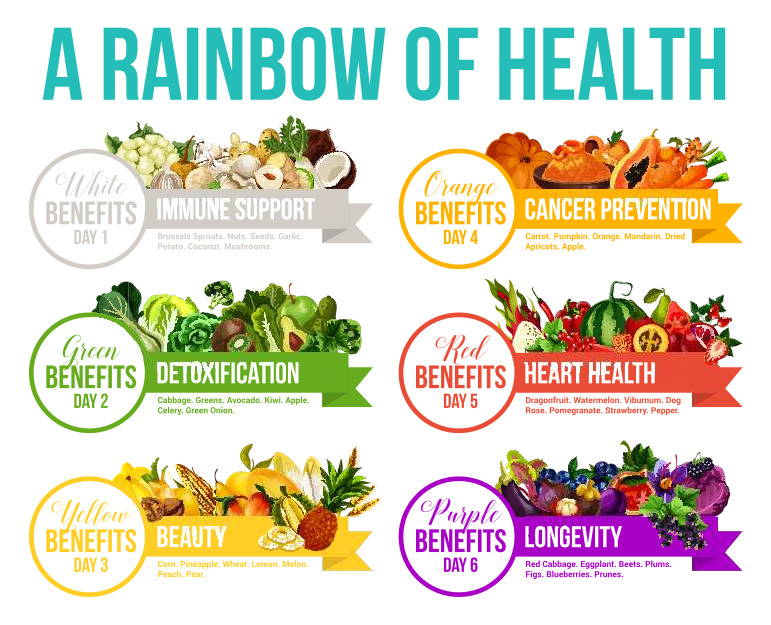
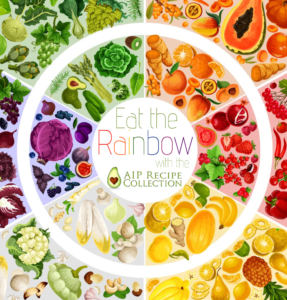
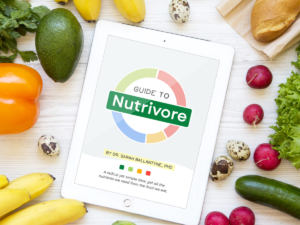 If you’ve been following the AIP for a while, you’re probably familiar with the aforementioned Dr. Sarah Ballantyne – she’s sort of a big deal! She’s the scientific Doc who helped “pioneer,”
If you’ve been following the AIP for a while, you’re probably familiar with the aforementioned Dr. Sarah Ballantyne – she’s sort of a big deal! She’s the scientific Doc who helped “pioneer,” 



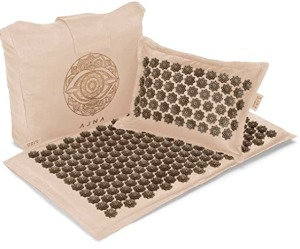


 If you haven’t heard yet, there’s a new AIP cereal in town! Meet Lovebird Cereal – it’s 100% AIP Elimination Stage Compliant and 100% AMAZING! And 20% of profits go to support childhood cancer research … walk about win-win-win!
If you haven’t heard yet, there’s a new AIP cereal in town! Meet Lovebird Cereal – it’s 100% AIP Elimination Stage Compliant and 100% AMAZING! And 20% of profits go to support childhood cancer research … walk about win-win-win! About Lovebird
About Lovebird
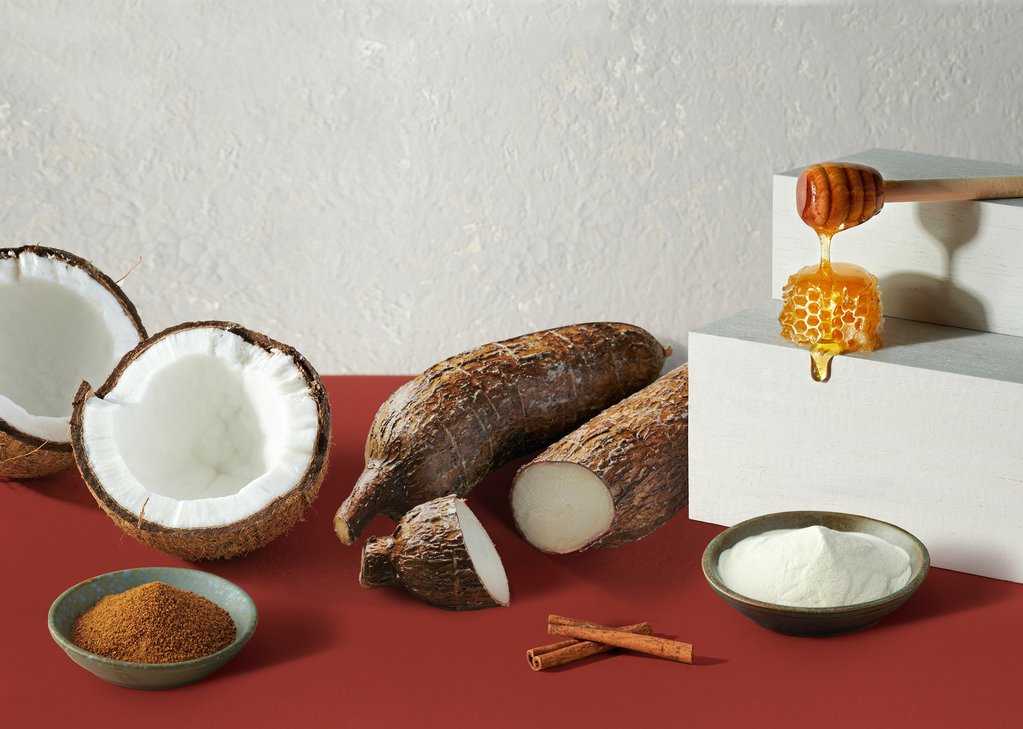 Ingredient FAQs
Ingredient FAQs


